The Oil Within the Plant: Hops
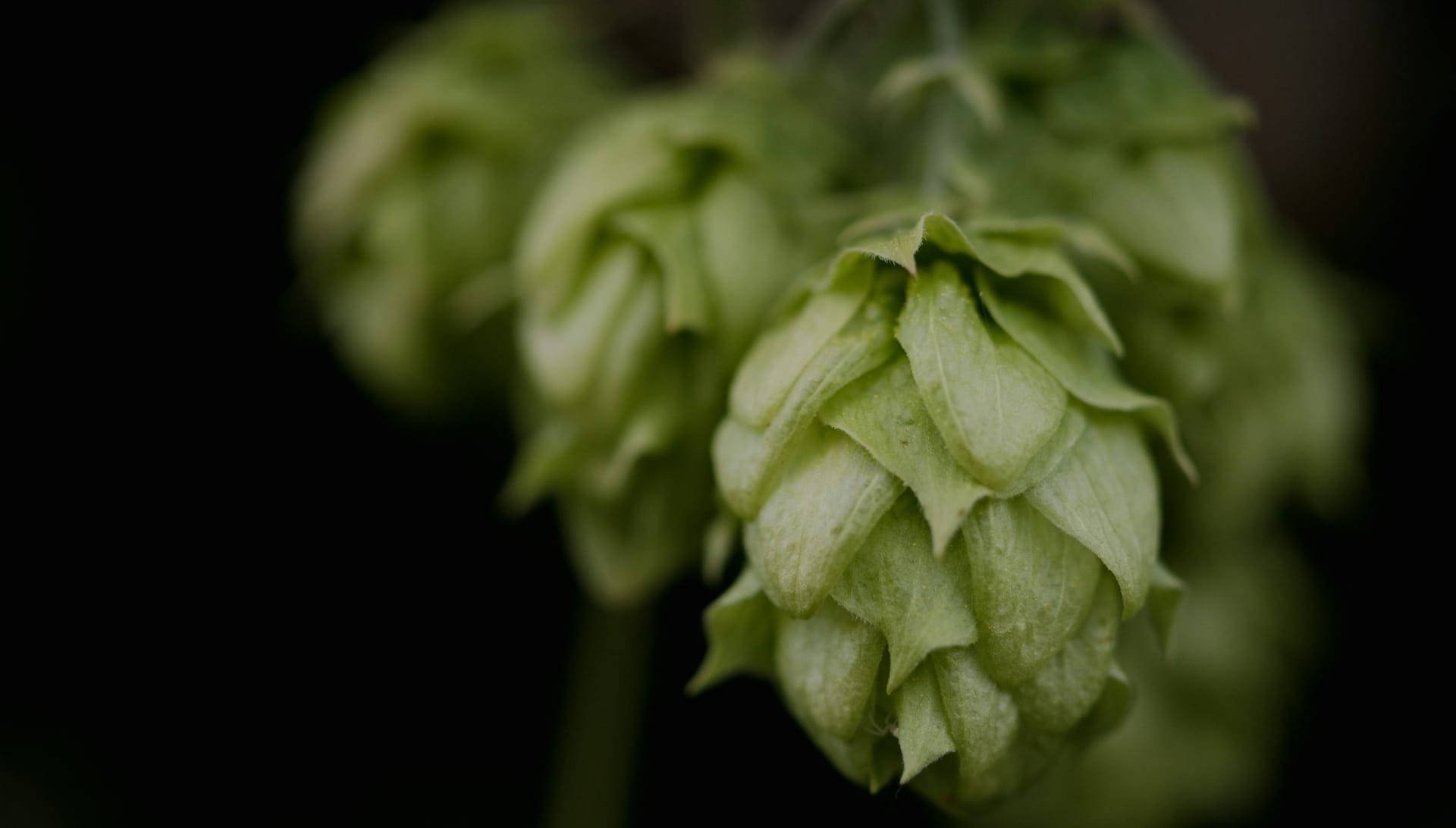
Introduction
In the world of essential oils, Humulus lupulus, commonly known as hops, is a captivating yet lesser-known contender. Often celebrated for its role in brewing beer, this plant also boasts a range of therapeutic properties when distilled into essential oil form. Let's delve into the aromatic marvel of Humulus lupulus essential oil and uncover its various uses and benefits.
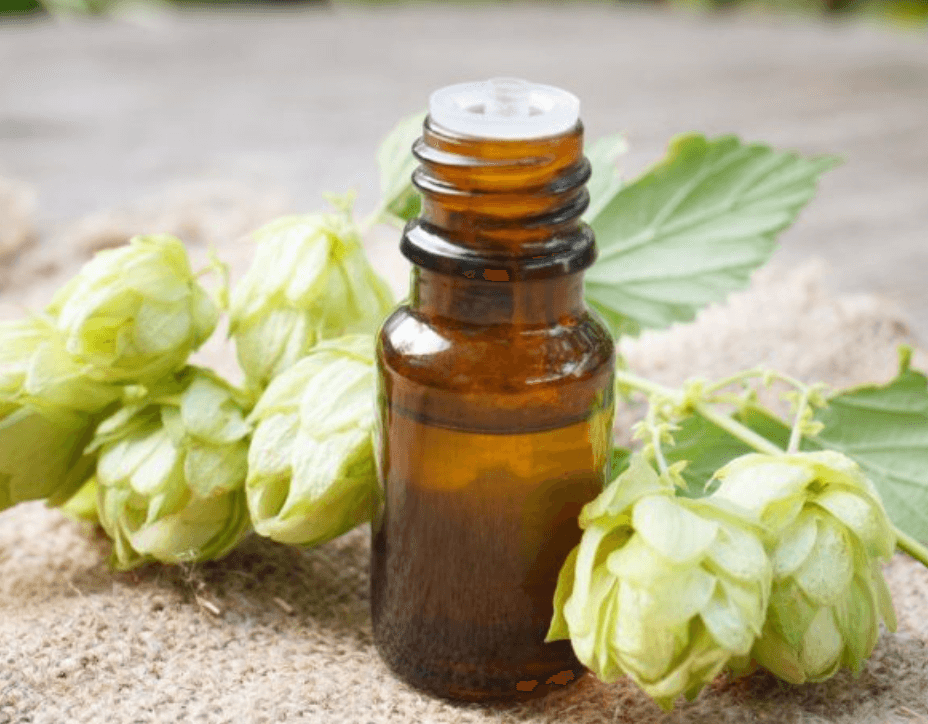
Physical Characteristics
Humulus lupulus is a perennial climbing plant belonging to the Cannabaceae family. Native to Europe, Asia, and North America, it thrives in temperate climates.
The essential oil is typically extracted from the female flowers, or cones, through steam distillation and is clear to slightly yellowish at the end of the extraction process. These cones, also known as hops, are carefully harvested to preserve their aromatic and therapeutic qualities.
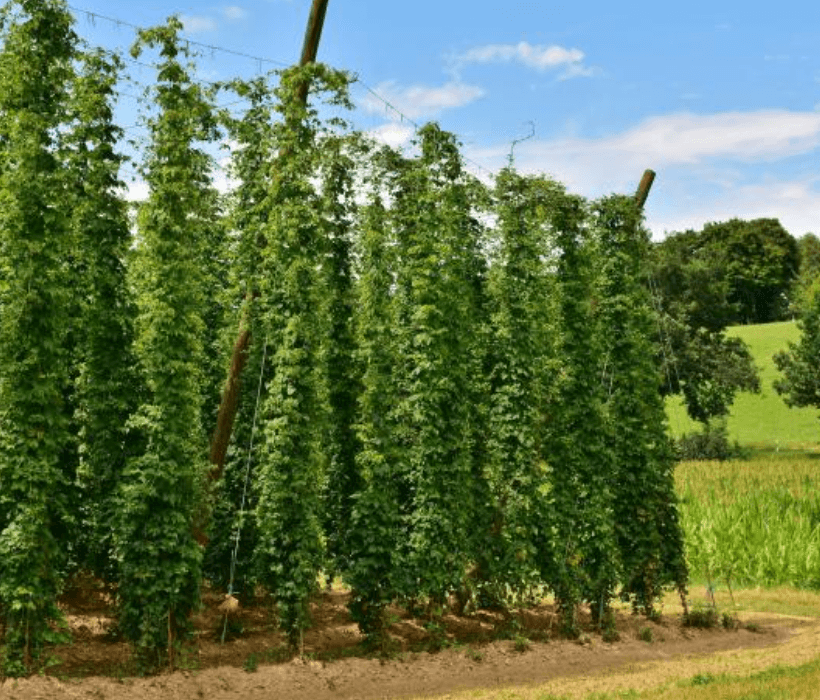
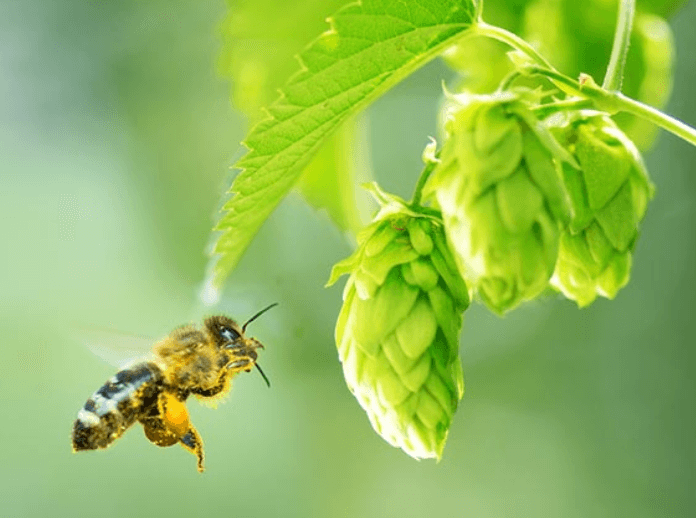
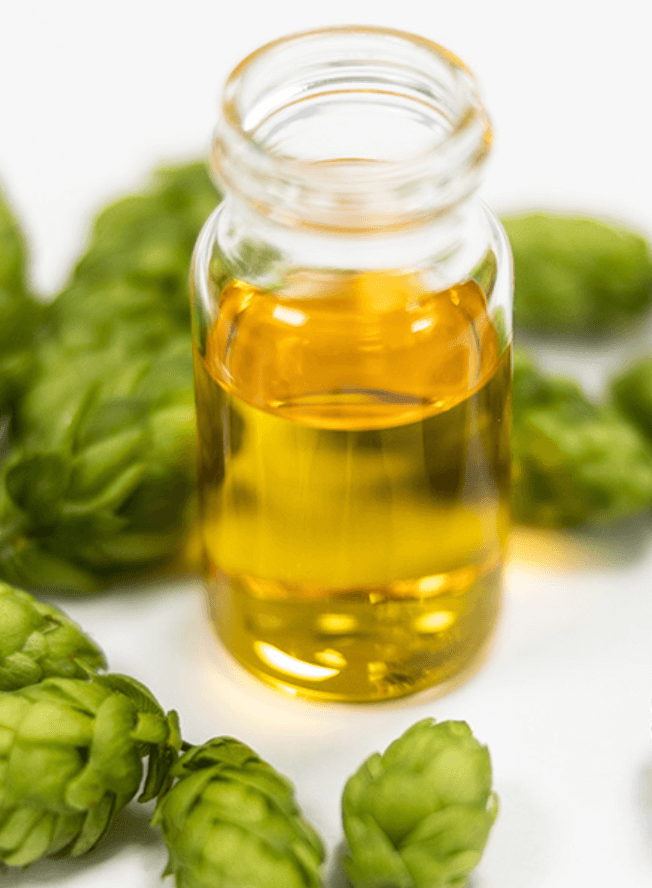
The aroma of hops essential oil is citrus, piney, and sage-like with an evaporation rate that places this as a middle-note oil. Depending on the variety, the aroma has even been described as having a melon or cucumber-like fragrance.
Chemical Snapshot & Therapeutics
Humulus lupulus essential oil offers a complex aroma profile that combines earthy, floral, and slightly fruity notes with a hint of bitterness. This unique scent is attributed to its rich chemical composition, which includes compounds such as β-myrcene, ɑ and β-caryophyllene. These constituents not only contribute to its aroma but also to its therapeutic properties.
The composition of hops essential oil changes depending on whether dried or fresh flowers are used in its distillation:
- Dried Flowers: Higher in α-caryophyllene (over 30%) and β-myrcene (around 25%).
- Fresh Flowers: Higher in β-myrcene (over 40%) and lower in α-caryophyllene (15-17%) and β-caryophyllene (13-14%).
Understanding these differences helps in choosing the right type of hops essential oil for specific therapeutic needs.
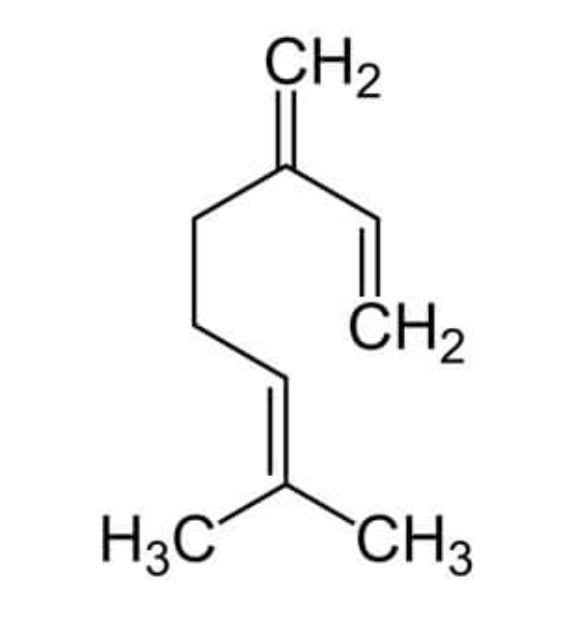
β-myrcene (monoterpene) — has been shown to have a strong analgesic effect on some types of induced pain, but this depends on the administration route. It has been postulated that β-myrcene causes an increase in cGMP, a regulator of ion channel conductance at the cell surface which allows increased permeation through the cell membrane. Research has shown it is antinociceptive, acting at the central and peripheral sites, perhaps by mediating endogenous opioids and ɑ2-adrenoreceptors. It also has an anti-inflammatory action evidenced by inhibiting nitric oxide, gamma-interferon, and interleukin-4.
A simplified explanation of β-myrcene: A natural compound found in some essential oils and is known for its strong pain-relieving effects. However, its effectiveness depends on how it is used. It works by affecting certain pathways in the body that control pain and inflammation.
Key Points about β-myrcene:
- Pain Relief: Helps reduce pain by acting on both the brain and other parts of the body.
- Anti-Inflammatory: Reduces inflammation by decreasing the production of certain inflammatory substances.
- Mechanism: It may work by increasing certain molecules that regulate pain and interacting with the body’s natural painkillers and specific receptors.
Overall, β-myrcene is valued for its potential to alleviate pain and reduce inflammation.
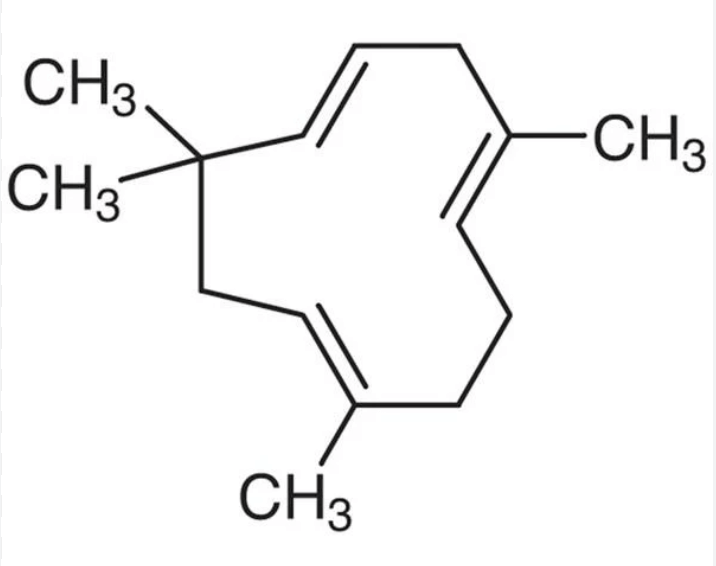
ɑ-caryophyllene (sesquiterpene)— has significant anti-inflammatory effects, inhibiting the production of COX-2, PGE2, TNF, IL-1B, and Nitric oxide synthase according to a study published in the European Journal of Pharmacology. Hops essential oil contains over 30% of α-caryophyllene. α-Caryophyllene is a sesquiterpene isomer of β-caryophyllene and is also called α-humulene. α-Caryophyllene is a potent inducer of the antioxidant enzyme glutathione S-transferase, which suggests both cancer-protective and antitumoral action.
The simplified explanation of ɑ-caryophyllene is that it has powerful anti-inflammatory effects. It works by reducing the production of certain inflammation-causing substances in the body. Hops essential oil contains 16% to over 30% of α-caryophyllene. This compound is also known as α-humulene and is similar to β-caryophyllene. Additionally, α-caryophyllene helps boost an important antioxidant enzyme in the body, which may offer protection against cancer and support tumor reduction.
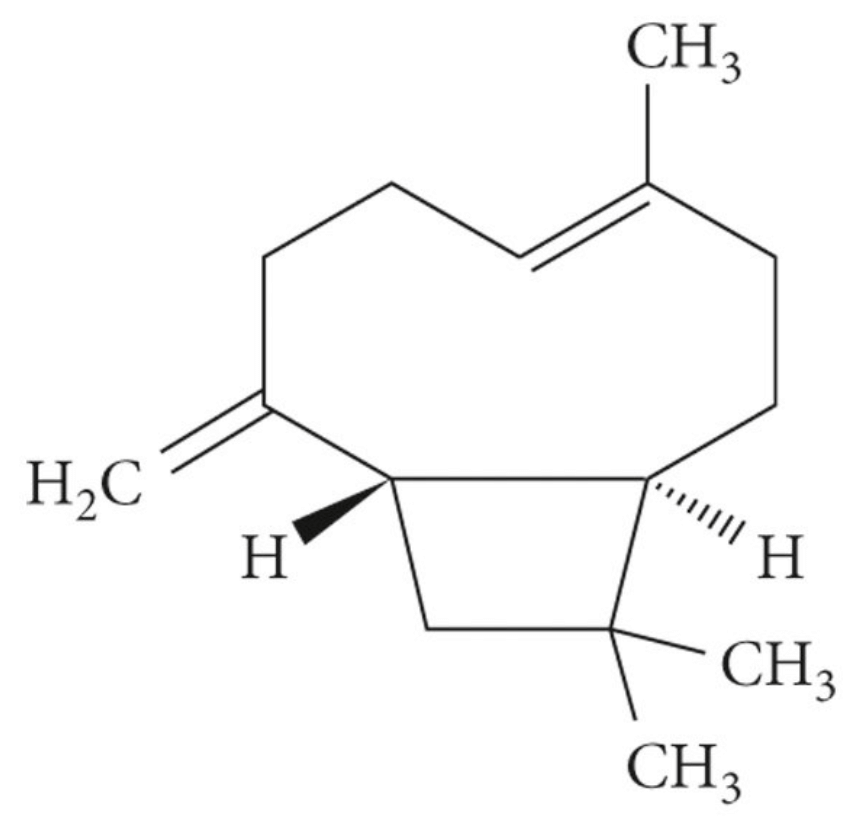
β-caryophyllene (sesquiterpene) — Humans and most animals have an endocannabinoid (EC) system - a series of receptors that are configured only to accept cannabinoids, especially tetrahydrocannabinol (THC) and cannabidiol (CBD). CB1 receptors are found in the brain, central nervous system, lungs, liver, and kidneys while CB2 receptors are found in the immune system and stem cells. Cannabinoids have powerful anti-inflammatory, anti-spasmodic, and immune-stimulating actions. The EC system involves various physiological processes including appetite, pain sensation, mood, and memory. β-Caryophyllene is an agonist of CB2 receptors, which is why it displays cannabimimetic effects of anti-inflammatory, antinociceptive, and neuroprotective.
The simplified explanation of the endocannabinoid system (ECS): The ECS is like a communication network in your body. It helps control important functions like pain, mood, appetite, and memory. The ECS has special receptors that connect with natural chemicals in your body and chemicals found in cannabis (like THC and CBD). This means that β-caryophyllene interacts with CB2 receptors in the body, much like certain cannabinoids do. By activating these receptors, β-caryophyllene produces effects similar to those of cannabinoids, which include:
- Anti-inflammatory: Reduces inflammation in the body.
- Antinociceptive: Helps to block the sensation of pain.
- Neuroprotective: Protects nerve cells from damage.
So, β-caryophyllene mimics some of the beneficial effects of cannabinoids by targeting the CB2 receptors.
Safety and Shelf Life
This oil has GRAS status with an approximate five-year shelf life when stored under the proper conditions. While generally safe for topical and aromatic use, it's essential to dilute Humulus lupulus essential oil with a carrier oil to prevent skin irritation, especially for those with sensitive skin. Additionally, pregnant women and individuals with certain medical conditions should consult with a healthcare professional before using this oil.
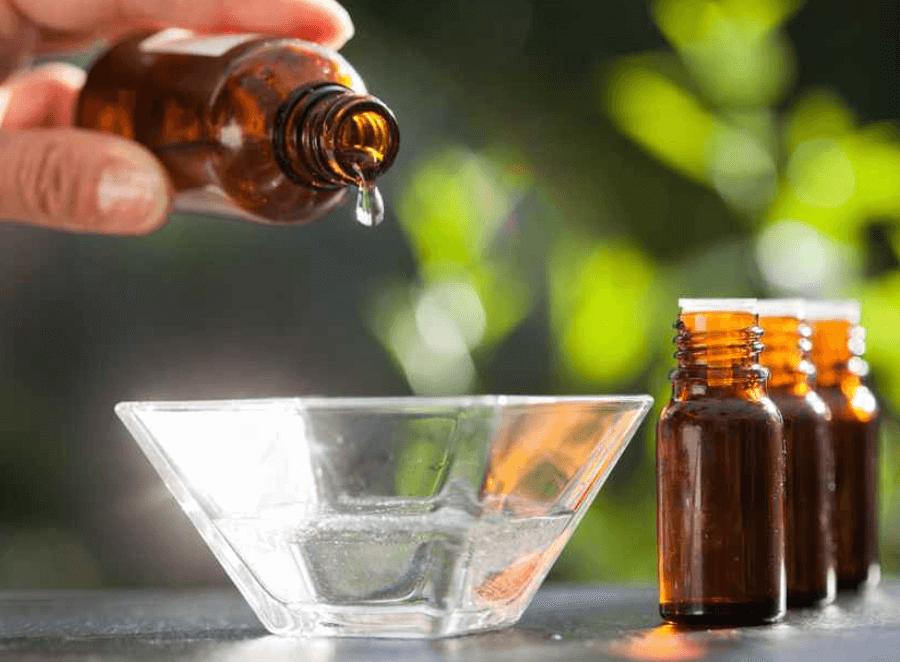
Tisserand and Young share in Essential Oil Safety, second edition, that “it has been stated that hops oil has estrogen-like properties (Franchomme & Pénöel 1990). However, although the plant contains estrogenic substances (Bradley 1992), no evidence could be found either for their presence in the essential oil or for a hormone-like activity in the oil.”
Practical Applications & Spotlight Recipe
Taking into consideration the chemical profile and how that translates into therapeutics for our blends, we see how Humulus lupulus essential oil can be effectively formulated to bring us the greatest benefits:
- Relaxation and Calmness: The soothing aroma of Humulus lupulus essential oil makes it an excellent choice for promoting relaxation and reducing stress and anxiety. It can be diffused in the air or added to bathwater for a calming effect.
- Sleep Aid: Due to its sedative properties, this oil can help improve sleep quality by promoting deeper and more restful sleep. Diffusing a few drops in the bedroom before bedtime can create a tranquil atmosphere conducive to sleep.
- Pain Relief: Humulus lupulus essential oil possesses analgesic properties that can alleviate various types of pain, including headaches, muscle aches, and joint discomfort. Diluting it with a carrier oil and massaging it onto the affected area can provide relief.
- Digestive Support: The bitter compounds in hops oil can stimulate digestion and alleviate symptoms of indigestion, bloating, and gas. Adding a few drops to a carrier oil and gently massaging the abdomen can help ease digestive discomfort.
- Anti-inflammatory Effects: Humulus lupulus essential oil exhibits anti-inflammatory properties that can help reduce inflammation and swelling associated with conditions such as arthritis and rheumatism. Topical application or diluted in a warm compress can provide relief.



Often, we can see one or more of these health challenges popping up at the same time, or one may impact another merely by the nature of the symptoms. For instance, hops essential oil is an excellent oil for pain relief due to its chemical constituents that offer analgesic and anti-inflammatory properties.
Pain, whether acute or chronic, can interfere with quality sleep. Humulus lupulus can be effectively utilized in a formulation that focuses on pain relief, especially when needed, to allow for a good night’s sleep so the body can rest, heal, and reboot.

Painless Dream Blend
1 ounce (30 ml) Trauma Oil
5 drops Hops Oil (Humulus lupulus)
3 drops Balsam Copaiba Oil (Copaifera officinalis)
3 drops Mastic Oil (Pistacia lentiscus)
2 drops Coriander Oil (Coriandrum sativum)
2 drops Guava Leaf Oil (Psidium guajava)
Directions:
1. Add essential oil drops to the bottle of trauma oil. Cap and invert to mix well.
2. Apply a small amount (nickel to quarter-sized) 30 minutes before bedtime.
This blend is intended for nighttime use but can be used during the day if no drowsiness is experienced. If using it during waking hours, take care to not operate or engage in tasks that require sharp thinking and reflexes until you see how the blend will affect you.
Conclusion
Humulus lupulus essential oil may be lesser-known compared to some other essential oils, but its impressive array of therapeutic benefits makes it a valuable addition to any aromatherapy toolkit. From promoting relaxation and sleep to providing pain relief and digestive support, the aromatic marvel of hops oil continues to captivate and inspire enthusiasts of natural remedies worldwide.
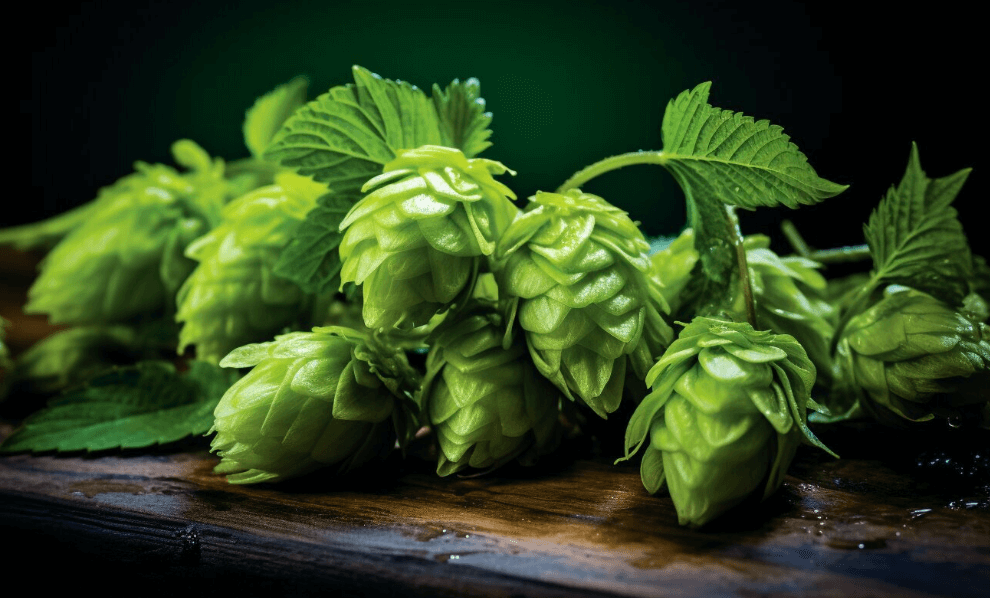




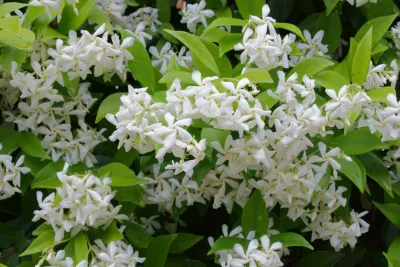

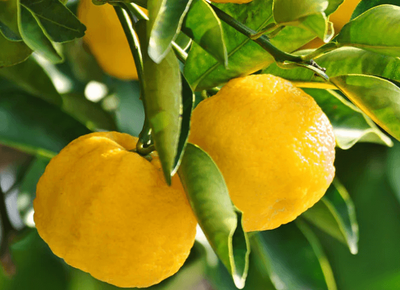
Member discussion